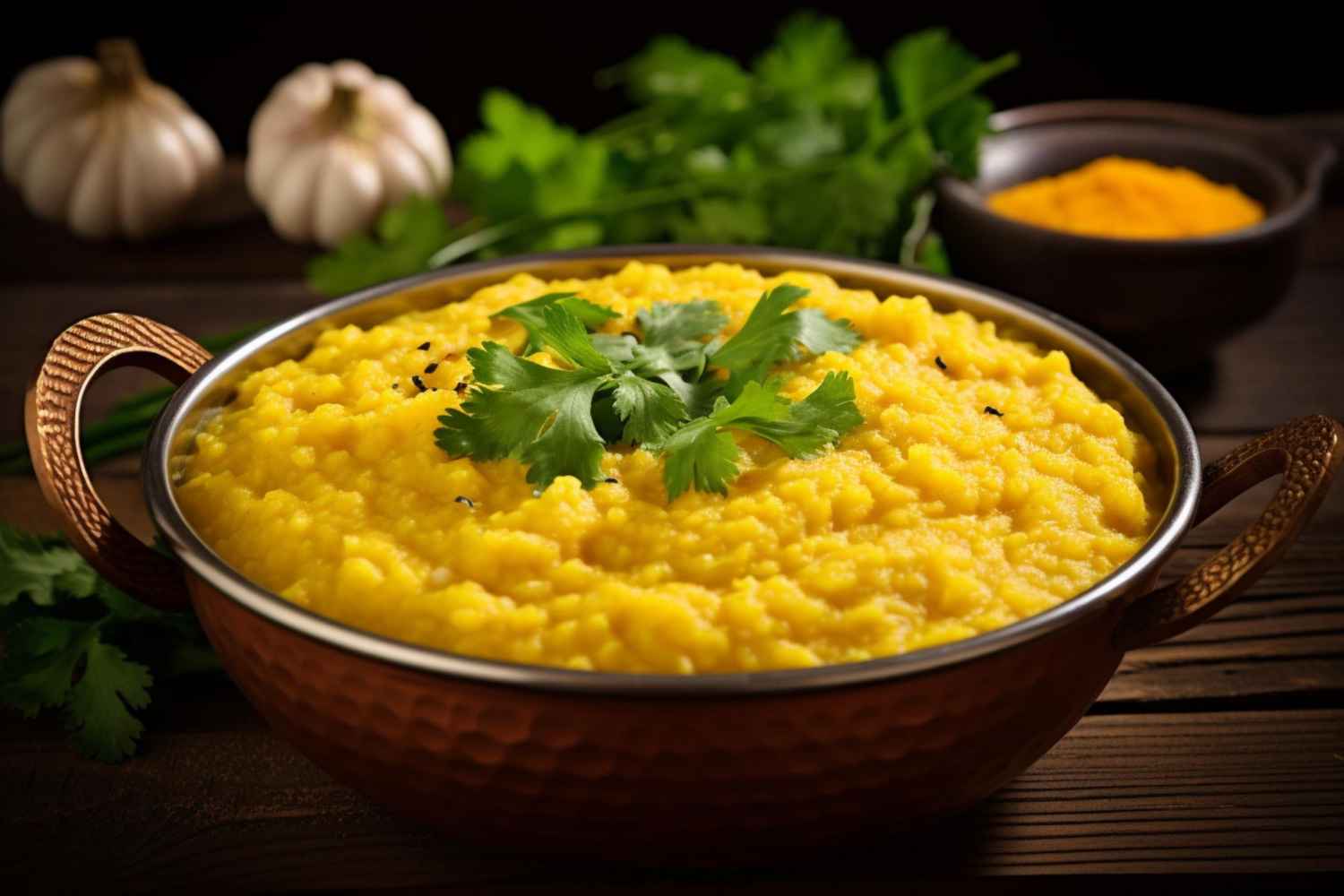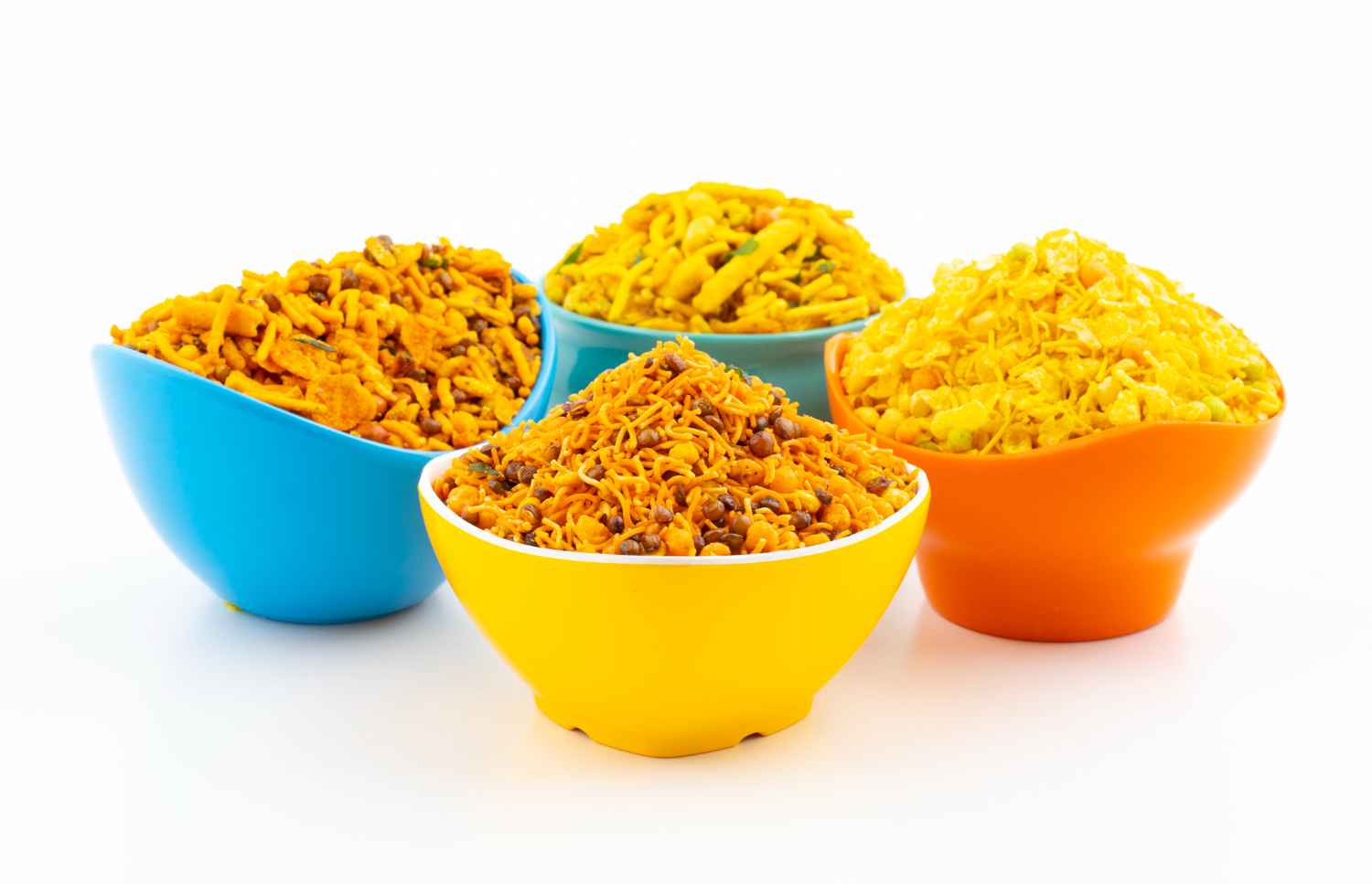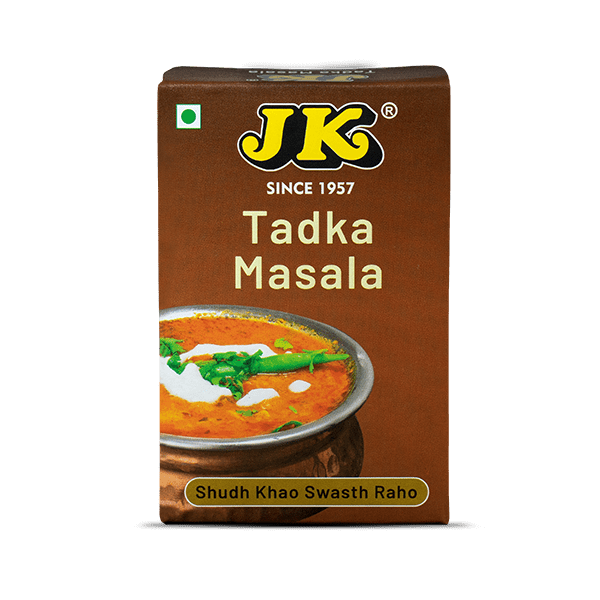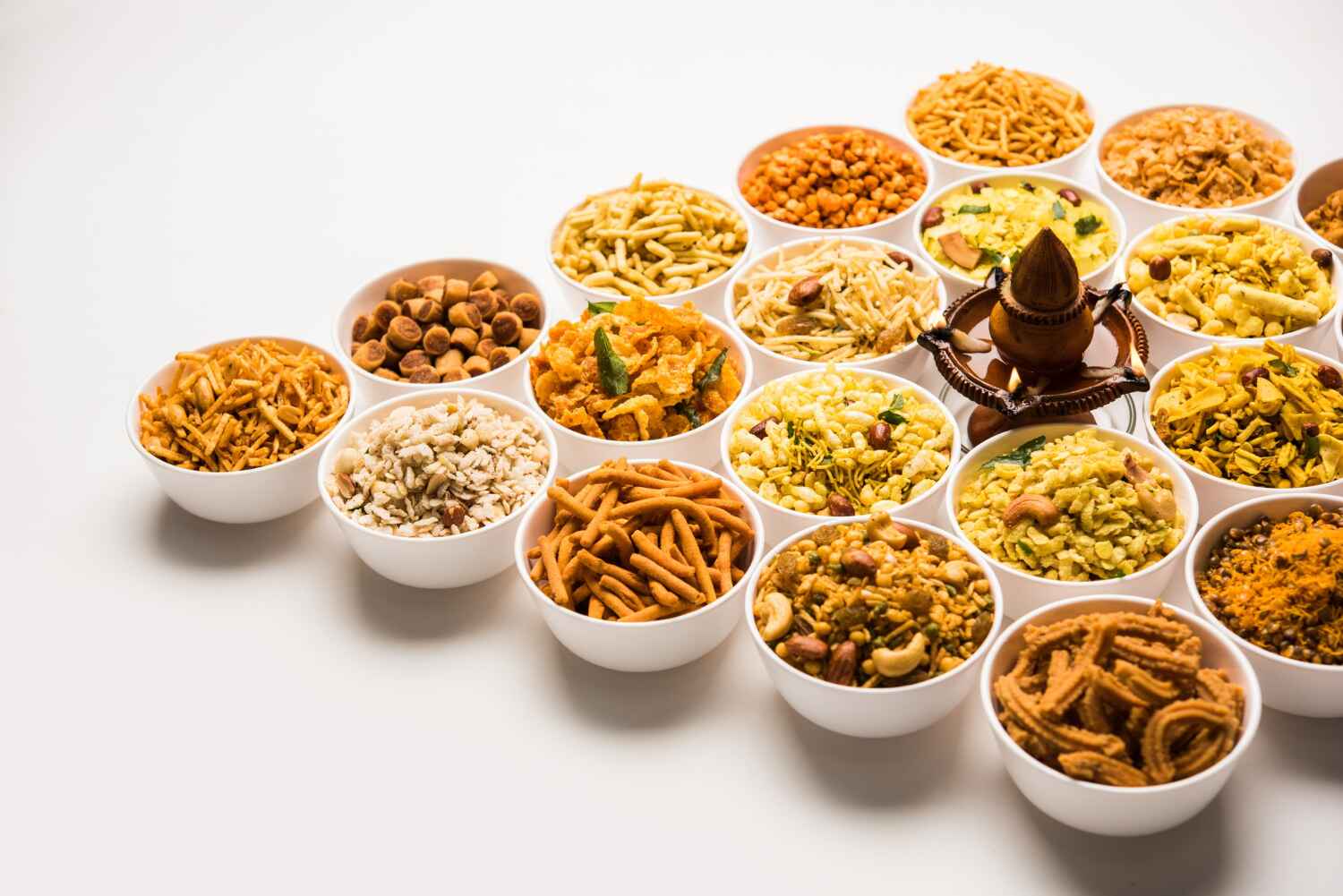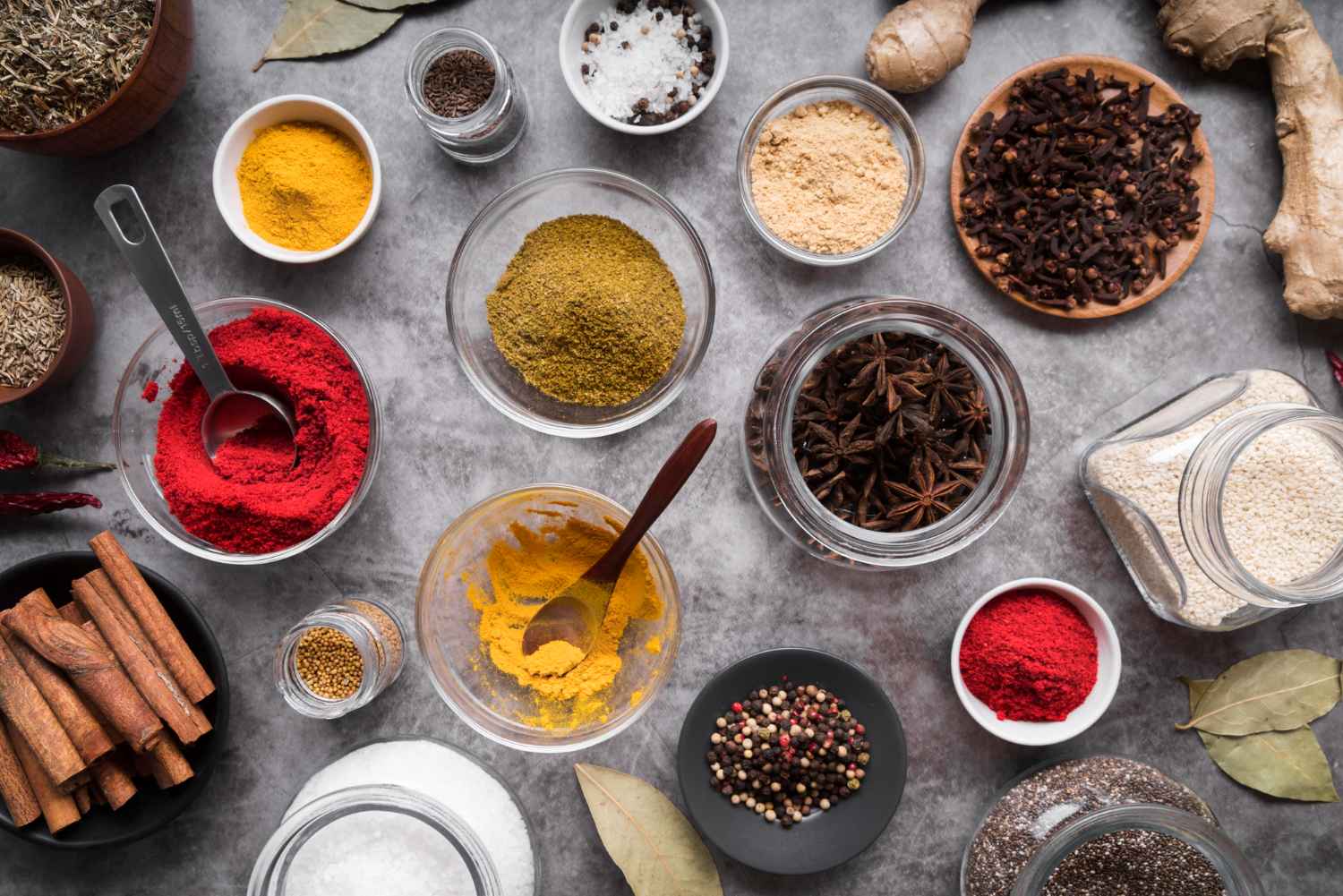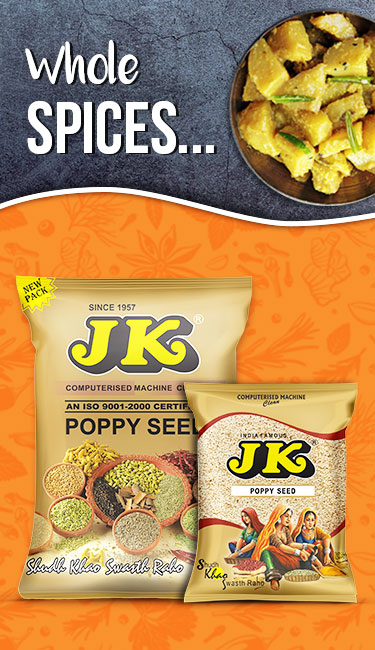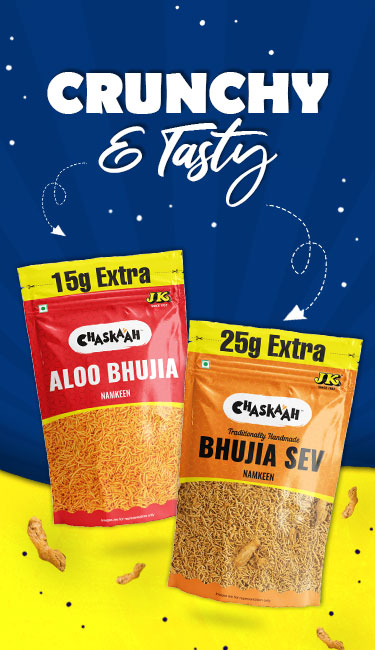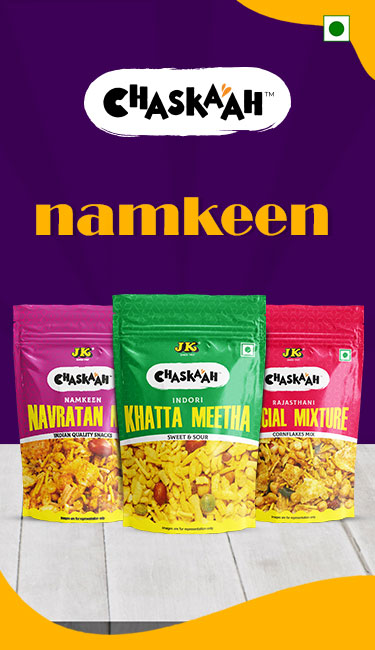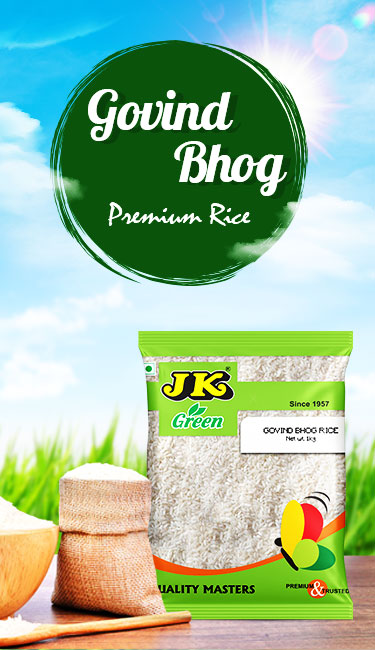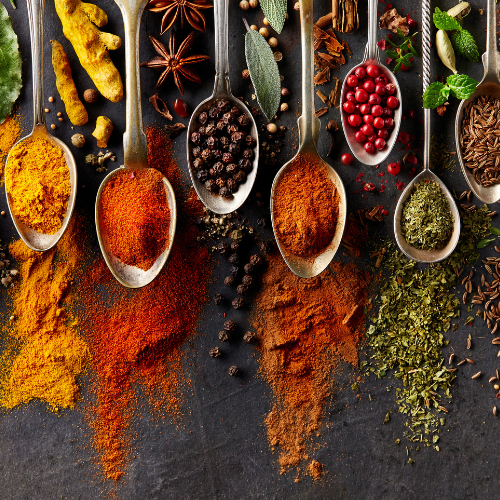
The primary ingredient in Indian food is spices. If used improperly, they can damage the flavour of Indian food, but when used properly, they can turn a dull dish into a delectable dinner. The idea of preparing Indian food intimidates some inexperienced cooks due to the complexity of Whole Indian spices and how they function. To help you guys out, we'll learn everything there is to know about spices in this piece, including their Flavourful Indian Spices and when and how to utilise them to create Indian food.
Spices evoke thoughts of stalls and shady maidens shrouded in drizzling sunlight on a scorching afternoon in charming Asian markets. In many cultures, spices are revered as a divine gift and essential to enhance culinary sensations' warmth and joy. If you enjoy Indian cuisine, you should be aware that Masala Dabbas are its base. In fact, this dish holds the secret to mastering Indian-style cookery. These Indian spices can be used in a variety of ways, including chopping, roasting, sautéing, and even frying. They are often sold Whole Indian spices or ground. Here are some common questions and answers for beginners,
When Should You Use Which Spice?
- Spices that intensify colour include chilli powder and turmeric.
- Black pepper and chilli powder are two hot spices.
- Cumin and coriander powder, which thickens curries.
- Fennel seeds, asafoetida, cardamom, cloves, cinnamon, and bay leaves are four aromatic spices. Alternatively, you could use blended spices like Garam Masala, Chat Masala, Kitchen King Masala, Curry Powder, etc.
- Mustard seeds, fenugreek seeds, cumin seeds, and dried fenugreek leaves are the five finishing spices.
How Should Spices Be Sorted?
While spices do not go bad as dairy products do, they do lose their potency over time, which mutates Flavourful Indian Spices. Spices in ground form lose their flavour more quickly than in Whole Indian spices form. You must properly keep the spices in order to ensure their quality for as long as feasible. Here are some factors to think about when keeping your spices:
- To preserve the Flavourful Indian Spices and colour of the spices for a longer time, store them in dry containers.
- To prevent light exposure from fading the colour, altering the flavour, and hastening the maturation of the Whole Indian spices, store them in an opaque jar.
- It is preferable to keep ingredients away from heat and light because they both have a negative impact on the flavour of spices as well as make them lose their effectiveness quickly.
- Additionally, it's a good idea to regularly check on the spices. That will prevent them from spoiling and will substantially reduce spice waste.
- Because some spices, like asafoetida, have intense aromas that can contaminate other spices, they should be stored separately.
- Whole Indian spices that have just been freshly ground should still be kept apart.
- Make sure the spices you purchase are unadulterated and pure so they will stay longer as well as taste better.
What is the common spices which are used in India?
- In India, a spice called turmeric is used as an anti-inflammatory to treat gas, chest pains, colic, toothaches, and irregular menstrual cycles. It is a well-known drug for wound healing and is frequently used in cosmetic procedures as well. ??
- Although black cumin, green cumin, and white cumin are occasionally seen, the most typical variation of cumin is a brownish-yellow tint. Whole Indian spices seeds, also known as jeera, are used in Indian cooking, and ground cumin is a staple in Mexican and Middle Eastern cuisine. It can also be found in chilli, baked beans, barbecue sauce, soups, and marinades.
- A potent medicinal plant, fenugreek. Fenugreek is most commonly used as a flavouring agent in curry meals, but powdered seeds are also an important component of curry powders and oriental sauces. ?
- Without red chillies, it is impossible to envision Indian food. The entire nation consumes it in some capacity, whether as Whole Indian spices or in powder form. Red chillies come in a wide variety of varieties across the nation, each having a distinctive flavour and appearance. In addition, red chillies are a common ingredient in sauces, condiments, and spice mixtures. Red chilli powder has several advantages beyond just giving food a flaming hot Flavourful Indian Spices and spicy kick.
- The costliest spice in the world is cardamom. Ancient Ayurveda, an Indian branch of complementary medicine that makes use of herbs and spices for their therapeutic effects, refers to it.
- The traditional coconut dip served with dosas (crunchy rice-based idlis from southern India) and steamed rice cakes have crisp Flavourful Indian Spices that come from the addition of mustard seeds. The seeds are used in north Indian households as a spice for cooked vegetables and different lentil-based dishes.
- In combination with the fermented rice pancakes known as appams, which melt in your mouth, black pepper gives the curry a sharp, spicy edge and enhances the flavour. The anti-inflammatory and antioxidant qualities of black pepper make it a common ingredient in domestic medicines.
More Resources:
9 Ways to Spice up your food with Dhaniya Powder
10 Nutrition Facts About Tapioca
7 Health Benefits of Red Chili Powder


